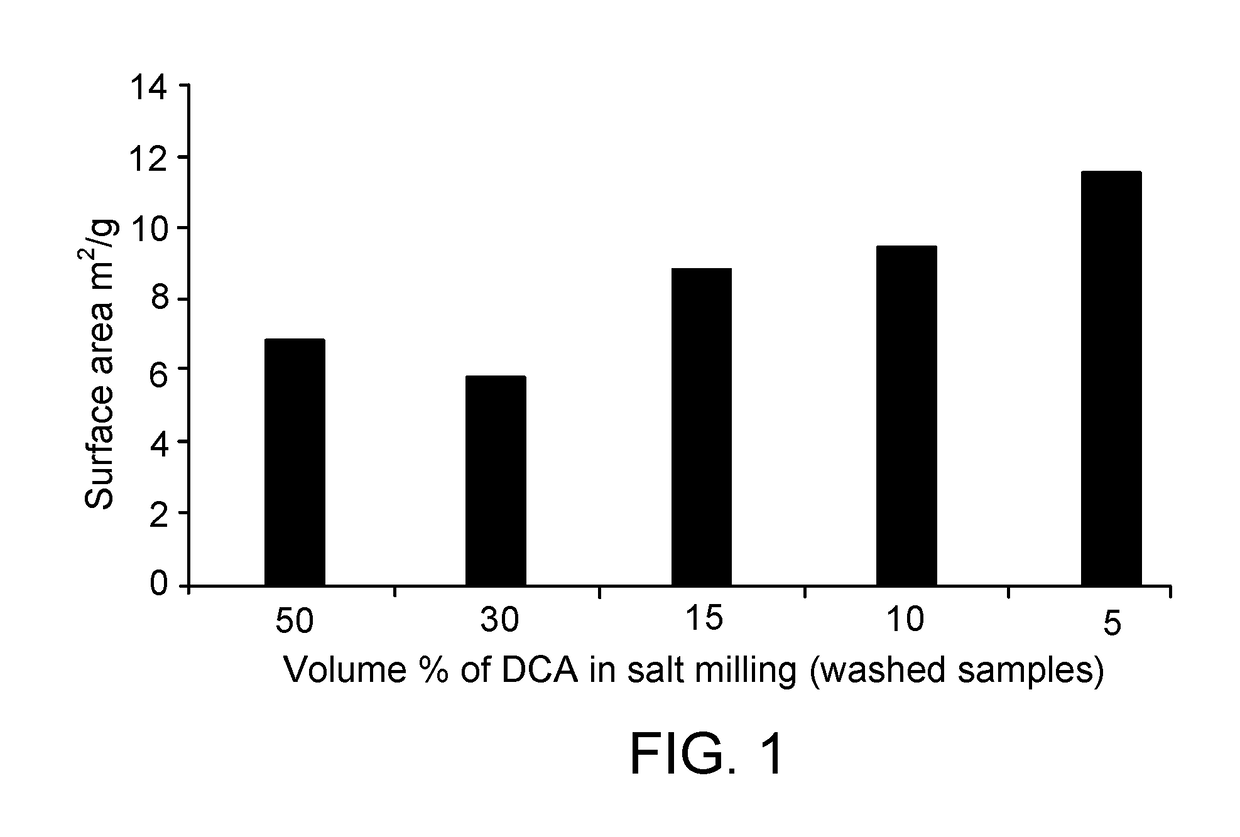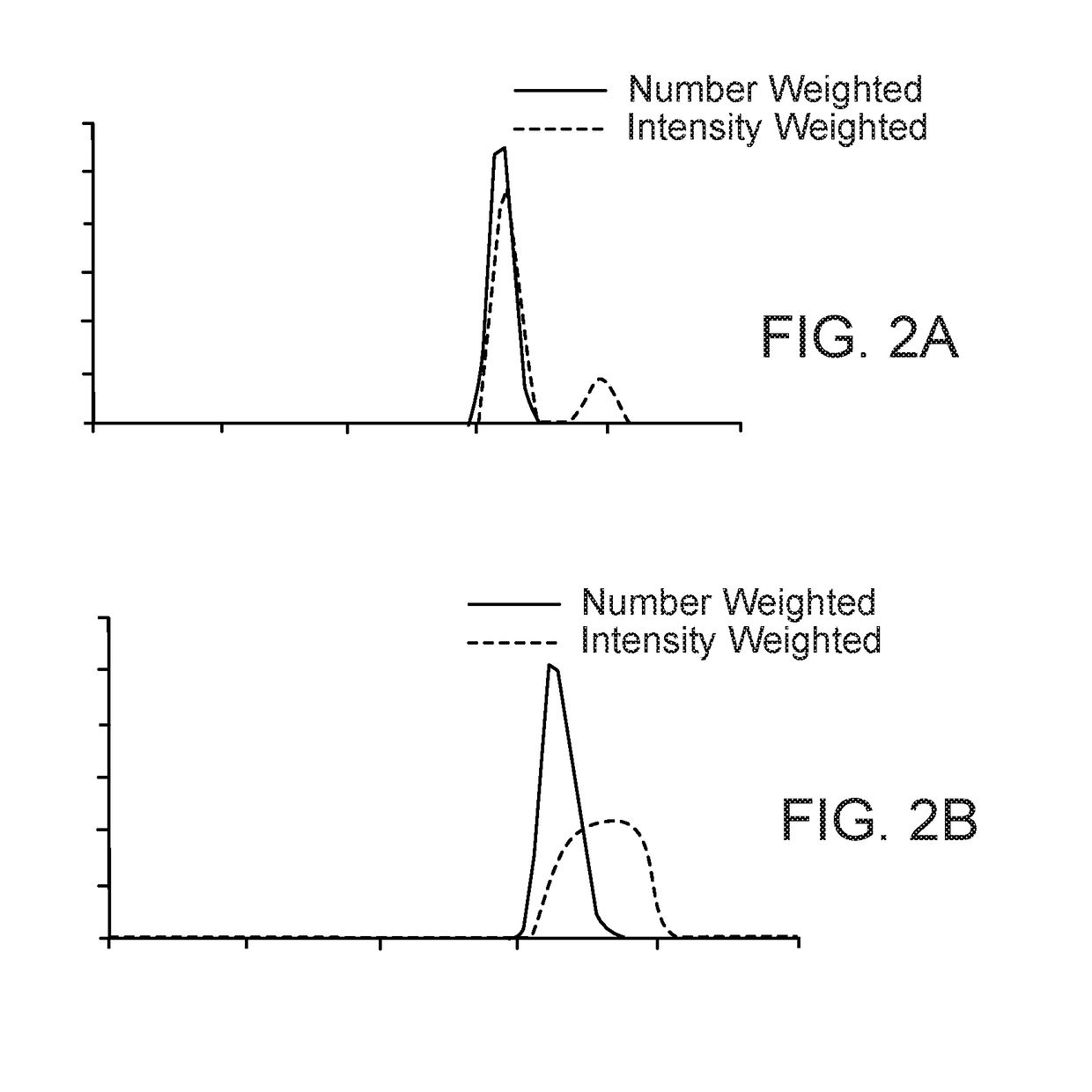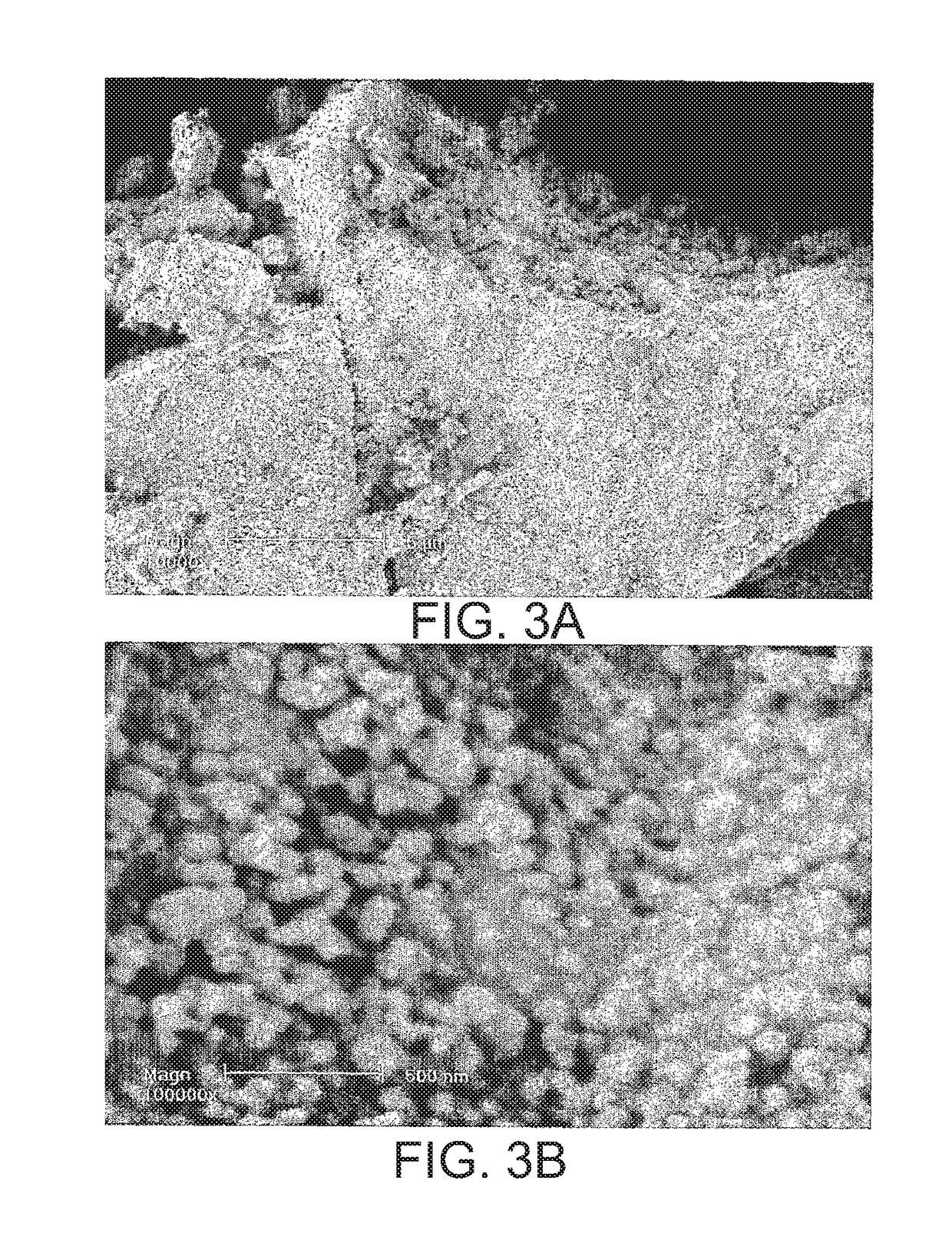Methods for the preparation of biologically active compounds in nanoparticulate form
- Summary
- Abstract
- Description
- Claims
- Application Information
AI Technical Summary
Benefits of technology
Problems solved by technology
Method used
Image
Examples
examples
[0371]It will be apparent to persons skilled in the materials and pharmaceutical arts that numerous enhancements and modifications can be made to the above described processes without departing from the basic inventive concepts. For example, in some applications the biologically active compound substrate may be pretreated and supplied to the process in the pretreated form. All such modifications and enhancements are considered to be within the scope of the present invention, the nature of which is to be determined from the foregoing description and the appended claims. Furthermore, the following Examples are provided for illustrative purposes only, and are not intended to limit the scope of the processes or compositions of the invention.
[0372]A. Processing of Diclofenac Acid with Sodium Chloride Grinding Compound
[0373]A mixture consisting of a biologically active compound in the form of 0.439 g of diclofenac acid (DCA)
[0374]and grinding compound in the form of 3.681 g of sodium chlo...
PUM
| Property | Measurement | Unit |
|---|---|---|
| Fraction | aaaaa | aaaaa |
| Fraction | aaaaa | aaaaa |
| Fraction | aaaaa | aaaaa |
Abstract
Description
Claims
Application Information
 Login to View More
Login to View More - R&D
- Intellectual Property
- Life Sciences
- Materials
- Tech Scout
- Unparalleled Data Quality
- Higher Quality Content
- 60% Fewer Hallucinations
Browse by: Latest US Patents, China's latest patents, Technical Efficacy Thesaurus, Application Domain, Technology Topic, Popular Technical Reports.
© 2025 PatSnap. All rights reserved.Legal|Privacy policy|Modern Slavery Act Transparency Statement|Sitemap|About US| Contact US: help@patsnap.com



